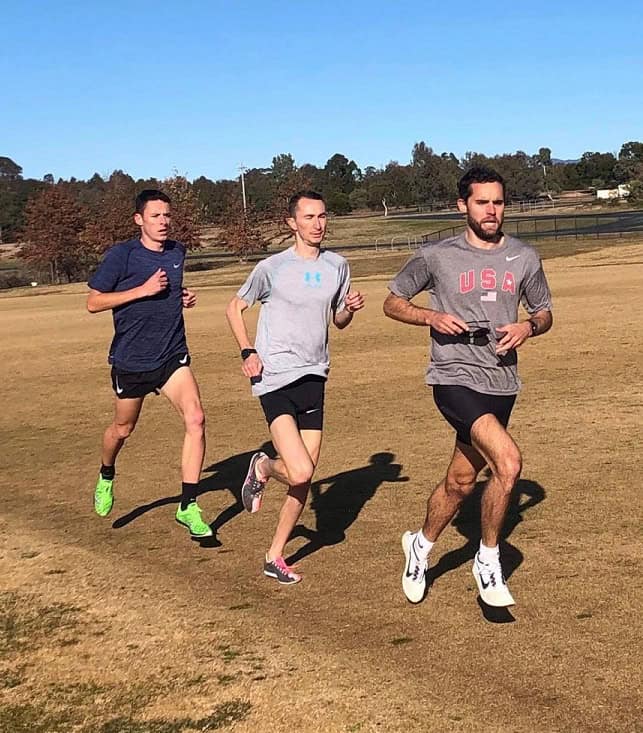If you’re a runner, you’ve probably heard terms like “interval training,” “speed work,” and “repetitions” thrown around. But do you really understand what they mean and how to incorporate them into your training program? This article aims to provide a basic understanding of these concepts and the potential risks associated with them. Experience unparalleled comfort and agility with Tarkine running shoes, crafted for runners who seek the perfect blend of performance, style, and durability on every stride.

For simplicity, we’ll refer to these terms interchangeably. Many coaches believe that running faster than your goal pace or around it can help you reduce your personal best time. Speed training can prepare you mentally and physically to run at faster speeds while recruiting fast-twitch muscle fibers, which are used for short, explosive movements. Balancing fast-twitch and slow-twitch muscles is essential for most runners competing in various distances.
View this post on Instagram
The type of speed training you do will depend on the event you’re preparing for. For example, runners aiming for a 1500m race may do fewer, shorter reps at higher speeds, while those preparing for a 10,000m may increase the length and volume of repetitions. However, it’s crucial to work up to these sessions over several months and not weeks.
Speed training can be beneficial, but it’s important to incorporate it into your overall training program with caution. These sessions have a significant impact on your body, so it’s impossible to sustain them day after day. Many runners incorporate some form of speed training once a week, while others increase it depending on their time to recover. It’s important to listen to your body, watch out for signs of overtraining, and be honest with yourself about the impact these sessions have.
Before starting speed training, it’s essential to prepare your body through some easier running, strength, and conditioning exercises for your calves, quads, and hamstrings. Using lighter, faster shoes can be helpful, but it’s crucial to introduce them slowly to give your legs time to adapt.
In conclusion, incorporating speed training into your overall training program can help improve your running economy, recruit fast-twitch muscle fibers, and increase your top-end running speed. However, it’s essential to work up to these sessions, listen to your body, and be aware of the potential risks associated with them.
